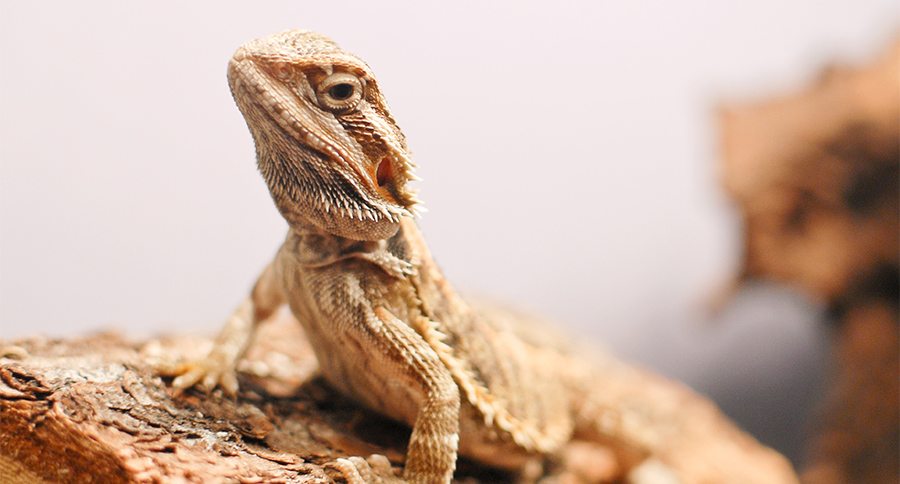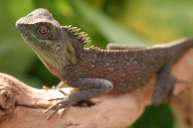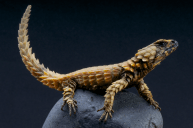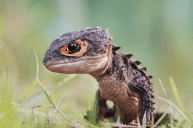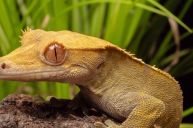WATCH NOW: Bearded Dragons Are Awesome Reptiles!
Reptile lovers call them beardies. These docile lizards make popular pet reptiles. They're entertaining to watch and are pretty smart, so if you're looking for a new pet, it makes sense to consider a bearded dragon.
But before you bring a beardie into its new home, it's important to learn about the specific care that these reptiles need. You'll need to be set up to provide proper bearded dragon care, and that means you'll need everything from a heat source to a basking area to quality bearded dragon food. If you're thinking of getting a new pet, here's what to know to tell if the bearded dragon is right for you.
Bearded Dragon Characteristics
The official genus of the bearded dragon is Pogona which includes eight different lizard species; the most common domestic species is Pogona Vitticeps. While they do live in the wild, specifically in Australia, bearded dragons are also one of the most common reptiles kept as pets.
They are generally calm and docile lizards. When they do get agitated or scared, their "beards," or area under their mouths, will turn black, giving them their names. Beardies are a popular exotic pet since they are relatively smart and have certain behaviors like arm waving that make them more endearing.
Beardies have a life span of between 6 and 10 years. Adult bearded dragons are large, measuring up to two feet long, so be prepared to provide your adult dragons with a cage that's large enough to accommodate them.
Care Requirements
Beardies have specific care requirements, similar to other reptiles, like UVB lighting and a heating source to ensure the temperature never gets below 65 degrees Fahrenheit. The tank needs a basking spot under direct heat, up to 100 degrees F, but also need a cooler side for them to thermoregulate. There are various heat emitters that you can buy, like ceramic heat emitters, basking lights, UVB lights and full spectrum lights. The best option will depend on your cage setup.
Bearded dragons also need a substrate in their tank. Sand is a controversial substrate as it can cause blockage if ingested. Newspaper or reptile carpet can work for the tank lining.
This particular reptile eats vegetables, insects, and even mice. You can usually get feeder insects or pinkies from your local pet store. Because they are desert creatures, they don't need much water nor humidity. You can use a spray bottle to mist your beardie or put a shallow dish of water for him to sip out of when he is thirsty.
With proper care, your bearded dragon can become a friend for years.
Hover over the image for more information:
Do you have a beardie? Show us in the comments below!
WATCH NOW: Why Pets Are the Best!
